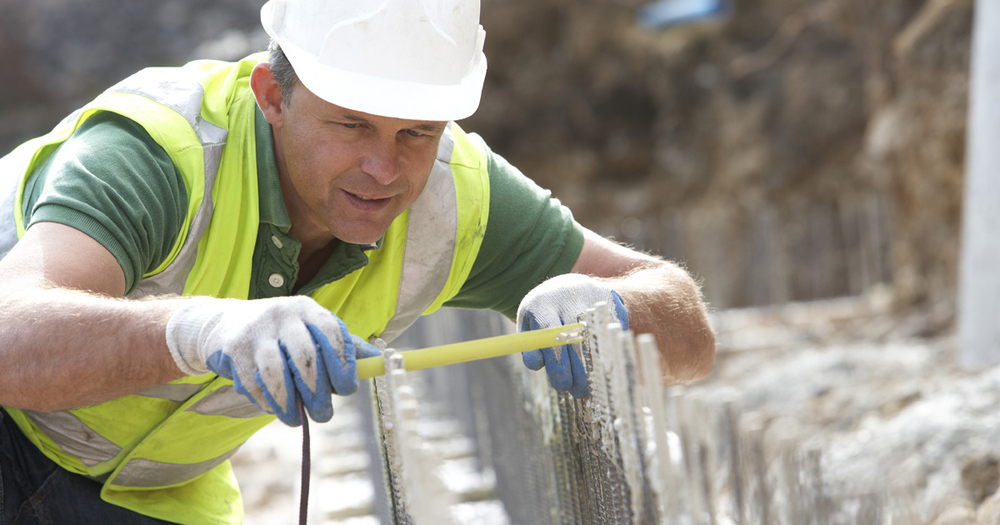
Modern technology has made it easier than ever to calculate distances and measurements with great speed and accuracy. There are times, however, when it is necessary to refer to older maps and surveys. When reading these documents, you may come across unfamiliar survey terms like “rood” and “perch.” Keep reading to learn what these terms mean and what role they play in land surveying measurements.
For many years, land surveyors used 100-foot metal tapes to measure distances – this method is called direct distance measurement, or DDM. This method was the standard prior to the 1980s and offered accuracy of up to 1 part in 10,000. Though a skilled surveyor could achieve a high degree of accuracy, flaws in the tape itself, variations in length due to extreme temperature, and incorrect readings were common sources of error.
Since the 1980s, electronic distance measurement (EDM) devices have become the standard for land survey measurements. These devices (such as the iM-100 from SOKKIA) allow surveyors to measure distances more efficiently and more accurately than with a survey tape measure. The only downside is that EDM cannot be used over difficult terrain or when large obstructions are present. These devices work by shooting a laser toward a reflector and translating the time that elapses between the emission of the wave and its return to the reflector into distance.
In addition to measuring distance, land surveyors also identify and measure property lines. The first step in the process is to obtain the initial property survey from county municipalities – it should show the dimensions of the original plotting of land derived from survey monuments or rebar placed in the ground (usually at the corners of the property). Using specialized equipment, the surveyor will then pull exact distances from several points around the property to establish property lines.
Early land surveyors measured distances based on the length of their equipment. For example, a chain consisted of 100 links, each measuring 0.66 feet in length for a total of 66 feet. Thus, to calculate a distance represented on a map in chains, you would have to multiply by 66 to get the number of feet.
When it comes to more modern land survey units of measure, distance is often measured in land survey rods. A rod is equal to 5 ½ yards, 16 ½ feet, 1/320 of a statute mile, or 5.0292 meters. Rods are an effective unit of measurement because the whole number multiplies easily to form an acre of square measure. For example, one acre is 160 square rods, or a rectangular area bounded by sides measuring 40 rods and 4 rods.
Rods are also known as land survey perches or poles – these are also the names given to a land surveyor’s tool. You may also hear the term “rood” which comes from the Old English term for pole, and it is a unit of measure equal to a quarter of an acre (or about 10,890 square feet). A rectangle with an area of one rood is comprised of 40 perches, with one perch being equal to one square rod.
Electronic distance measurement devices can be used for distances up to 5 kilometers, and they offer accuracies of up to 1 part in 20,000. The primary advantage of using EDM devices for land survey measurements is the speed and accuracy with which they deliver readings.
There are three primary types of commonly used surveyor instruments for EDM:
In order to get the most accurate survey measurements, you need to select the right land surveying instruments for the job and know how to use them properly. Human error is one of the biggest sources of error in land surveying, though calibration errors and maladjustments can contribute, as well. Natural errors such as variations in temperature, humidity, and weather may also impact the accuracy of your reading.